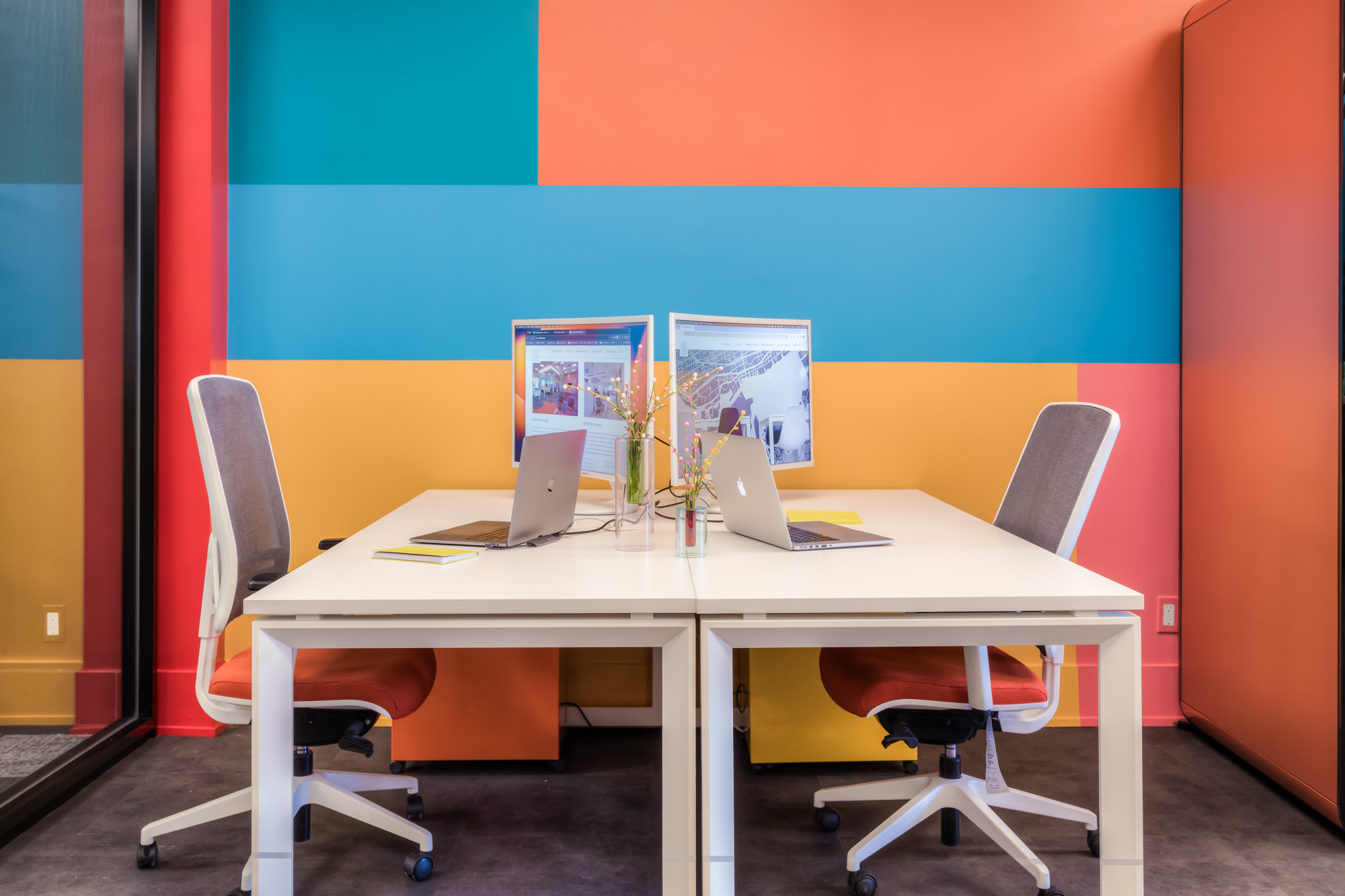Selecting the right brand and office furniture is crucial for creating a productive and inviting workspace. Quality furniture can enhance employee well-being and convey a professional image to clients and visitors.
Understanding Your Needs
Identify specific requirements before purchasing.
Before selecting furniture, it’s essential to assess your specific needs, including the nature of the work being done and the number of employees. Consider the layout of the office and how different furniture pieces will fit within that space. Assess the needs for collaboration, individual work, and storage. This initial evaluation helps in making informed decisions that align with the organizations goals.
Evaluating Furniture Quality
Prioritize durability and craftsmanship.
Investing in high-quality furniture can significantly impact the longevity and performance of your office setup. Look for materials that withstand daily use and consider the craftsmanship of each piece. Examining construction methods, joint strength, and warranties offered by manufacturers can provide insights into durability. Quality furniture not only reduces replacement costs but also creates a more stable work environment.
Brand Reputation Matters
Research brands known for reliability.
Choosing a reputable brand when selecting office furniture ensures you are investing in proven quality and service. Look for brands with a strong industry presence and positive customer reviews. Their reputation often reflects the reliability of their products and after-sales support. A well-known brand may also offer better warranties and customer service, making them a safer choice for your business requirements.
Ergonomics and Comfort
Consider ergonomic design to enhance productivity.
Ergonomics plays a vital role in the comfort and health of employees, directly influencing their productivity. Investing in ergonomic furniture, such as adjustable chairs and desks, promotes better posture and reduces the risk of musculoskeletal issues. It’s essential to allow customization for individual preferences and needs. Comfortable employees are often more focused, leading to improved performance and job satisfaction.
Aesthetic Appeal
Choose designs that align with your brand identity.
The aesthetic of your office space can significantly affect the first impression on clients and the morale of employees. Opt for furniture designs that complement your brands identity and the overall theme of your office. Consider color schemes, materials, and styles that resonate with your company culture. A well-designed environment can motivate creativity and foster collaboration among teams.
Budget Considerations
Establish a realistic budget for your furniture needs.
Creating a budget is a crucial step in the furniture selection process. It helps narrow down options and ensures that spending aligns with financial capabilities. Balance quality with cost-effectiveness, avoiding the temptation to opt for the cheapest option, which may lead to higher costs down the line due to replacements. Research potential financing options or bulk purchase discounts that can help manage expenses.
Sustainability Practices
Explore eco-friendly furniture options.
Incorporating sustainability into your furniture choices reflects a commitment to environmental responsibility. Look for furniture made from reclaimed wood, recycled materials, or certified sustainable sources. Supporting brands that prioritize eco-friendly practices not only contributes positively to the planet but can also resonate well with clients and employees who value sustainability. It is an investment in a greener future for the workplace.
Choosing the right brand and office furniture requires careful consideration of various factors, including functionality, quality, aesthetics, and sustainability. By assessing needs and prioritizing ergonomic and durable options, businesses can create a productive and inviting work environment that fosters success.

